Women's Suffrage and the 19th Amendment: 1913 to 1920
The Path to Women's Suffrage and the 19th Amendment: 1913 to 1920
By 1913, 9 states had granted women full voting rights. In March 1913, the first Washington DC women's march happened led by Lucy Burns and Alice Paul. The march was met with intimidation tactics and police stood idle as the marchers were threatened. The march was held one day before President Wilson's inauguration and so with many visiting, visitors saw the women's march and it had an impact on people's perception. In June 1913, a Senate Committee convened and presented a report to the Senate, recommending the passage of the 19th Amendment.
In 1914, WWI began and caused the movement towards the 19th Amendment to be postponed. During the war, women played a more active role than in any previous war. As men traveled overseas, women were required to support the war effort by working in factories and producing the required products for the war. This would have a lasting impact on society.
In 1918, near the end of WWI, Woodrow Wilson approached the Senate and requested that they pass the 19th Amendment. A year later, in 1919, the Senate passed the 19th Amendment. All that was left was for 36 out of the 48 states to ratify the Amendment.
On August 18, 1920, the 19th Amendment was passed as it was ratified by the 36th state, Tennessee.
#womenssuffrage #suffrage #votingrights #voting #19thamendment #americanhistory #history #presidentwilson
-
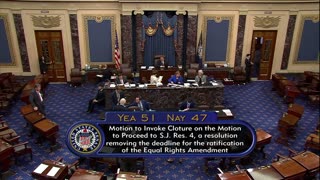 0:45
0:45
Just the News
1 year agoEqual Rights Amendment fails in Senate
1.69K3 -
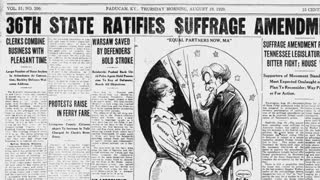 3:25
3:25
Reardon Steel
3 years ago $0.01 earnedThe True Story Behind Women's Equality Day
144 -
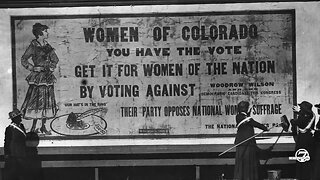 4:15
4:15
KMGH
4 years agoBefore the 19th amendment, Colorado women led way in gaining voting rights
17 -
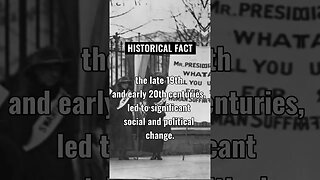 0:15
0:15
Daily inspiration and insights on historical and contemporary events.
1 year agoThe Women's Rights Movement, which gained momentum in the late 19th and early 20th centuries
3 -
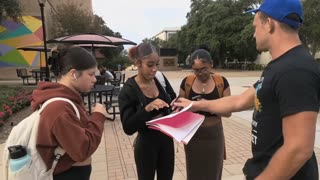 8:08
8:08
Alex Strenger
8 months agoPetition To End Women's Suffrage
118 -
 1:30
1:30
Griptmedia
4 months ago $0.01 earnedWomen's March for a NO vote on Referendum
1611 -
 3:20
3:20
WEWS
3 years ago100 years on, historical society features Ohio women during 19th Amendment ratification celebration
19 -
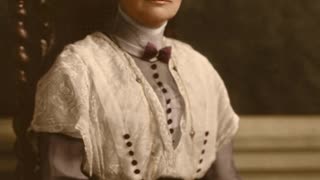 1:10
1:10
foodblasts
6 years agoHeroic Women Throughout The Ages Who Fought For Women's Rights
-
 3:34
3:34
Newsy
3 years agoWomen Share Ballot Box Priorities For 2020
905 -
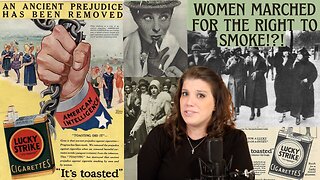 14:55
14:55
HistoryandHearsay
1 year agoWomen's March to FIGHT FOR THE RIGHT to smoke!?!
912